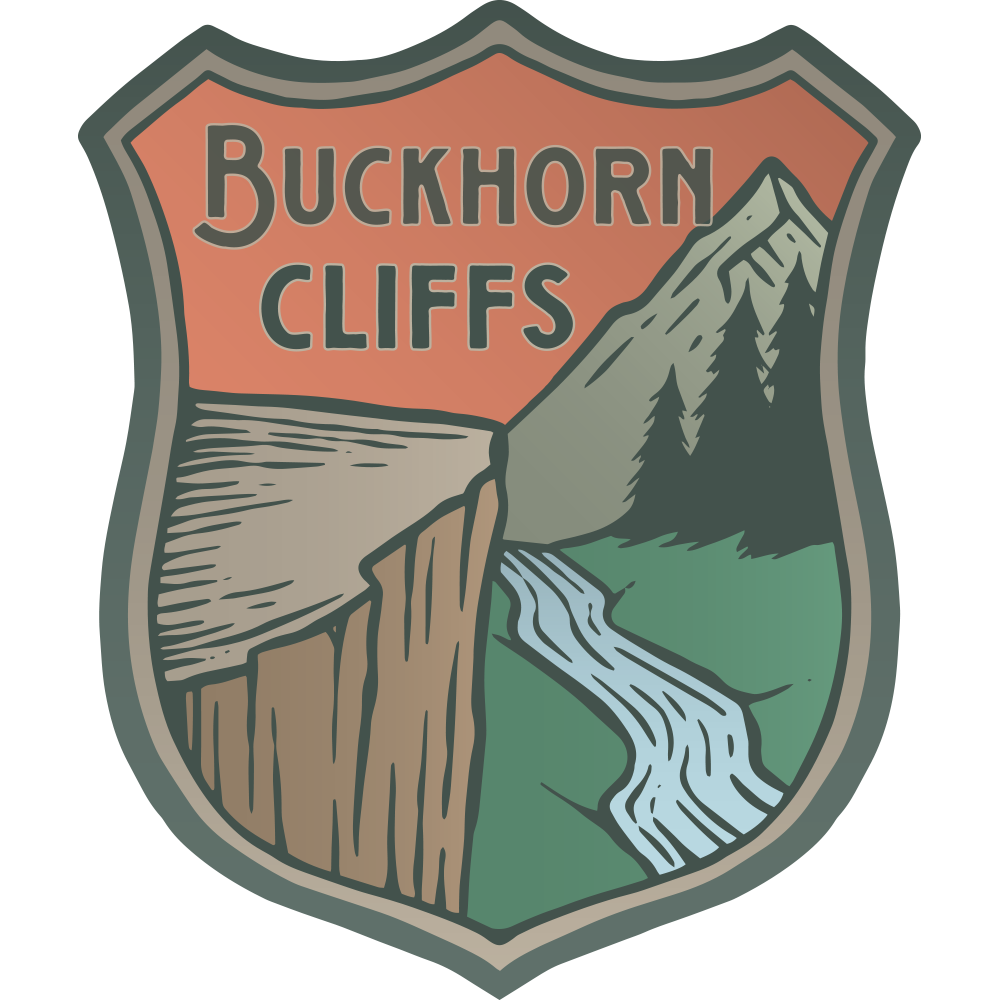Used in off-grid, homestead, and survival settings to sanitize surfaces, deter pests, and control odor in human and animal waste areas.
Calcium hydroxide, also known as hydrated lime or slaked lime, can be mixed with water to create a traditional limewash. This simple slurry acts as a disinfectant and pest deterrent when applied to walls, floors, or waste areas. Limewash is commonly used in barns, chicken coops, root cellars, and outhouses to reduce microbial growth, control odor, and discourage flies and insects. It is safe when used correctly, easy to make from long-term storage ingredients, and has a strong history of use in traditional sanitation and building maintenance.
Ingredients
- Calcium Hydroxide (hydrated lime), food or construction grade depending on use
- Clean water, any temperature
- Non-metallic container for mixing
- Large brush or broom for application
- Optional: small scoop for dry application in latrines
How to Use It
- Mix calcium hydroxide and water to form a thick, paint-like slurry (roughly 1 part lime to 2 parts water by volume, adjusting as needed for consistency)
- Stir thoroughly until smooth
- Apply directly to interior walls, ceilings, and surfaces of barns, animal enclosures, coops, or latrines using a brush or applicator
- Allow to dry fully: the surface will appear bright white and slightly powdery
- Reapply every few months or after heavy rains, depending on climate and wear
- For odor control in waste pits or outhouses, sprinkle a thin layer of dry lime over waste to reduce smell and discourage flies
Warnings
- Avoid inhaling lime dust when mixing or applying dry
- Use gloves and eye protection to prevent skin and eye irritation
- Do not apply to metal surfaces or tools, lime is corrosive to metal over time
- Keep out of reach of children and store sealed in a dry area
- Do not confuse with quicklime (calcium oxide), which is highly caustic and not safe for general use
Storage & Shelf Life
- Calcium hydroxide has an indefinite shelf life when stored dry
- Store in a tightly sealed glass jar or HDPE container
- Keep away from moisture, acids, and strong fumes
- Label clearly to avoid confusion with other powdered materials
When to Use Limewash
- To sanitize chicken coops, barns, and other livestock areas
- To control flies, insects, and odor in composting toilets or pit latrines
- To preserve cellar walls and natural buildings with mold resistance
- As a traditional, breathable coating for clay or stone structures
- As a versatile and renewable sanitation resource for long-term off-grid living
